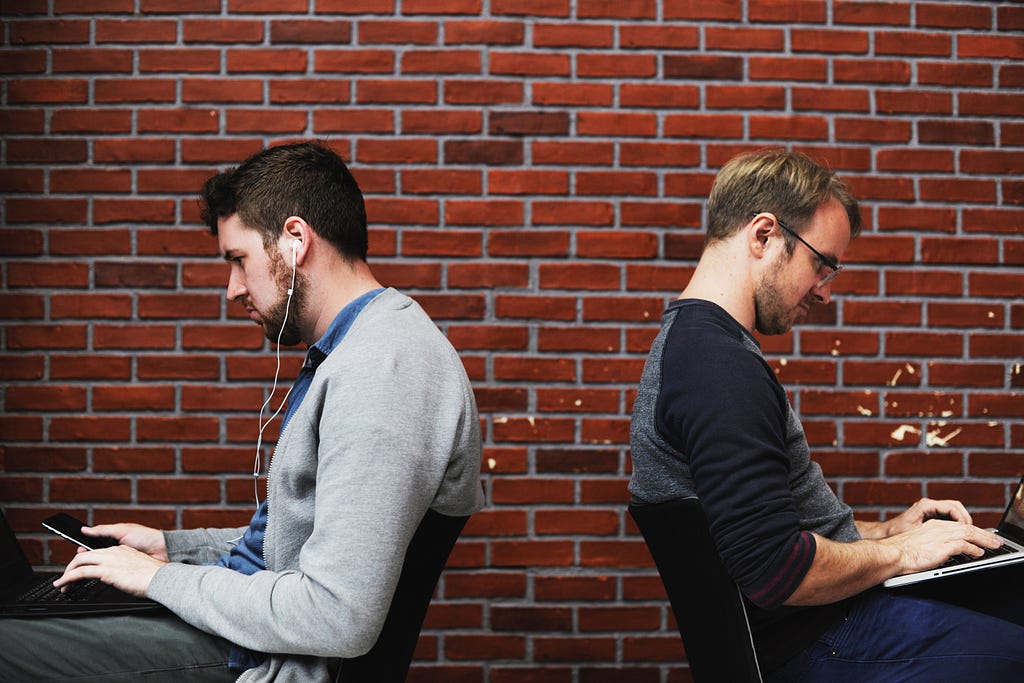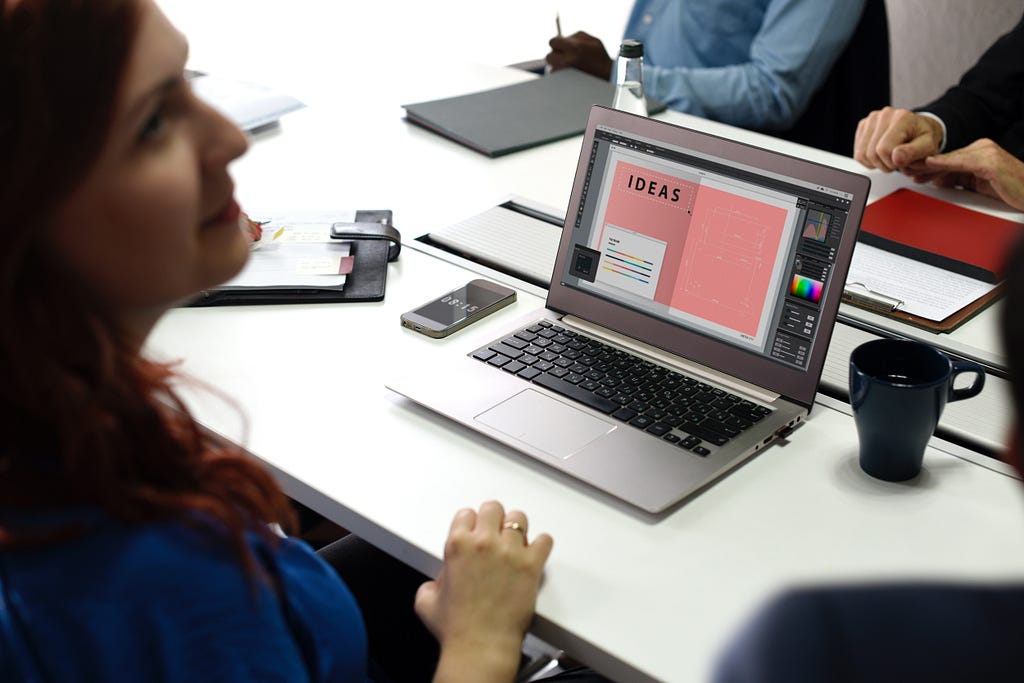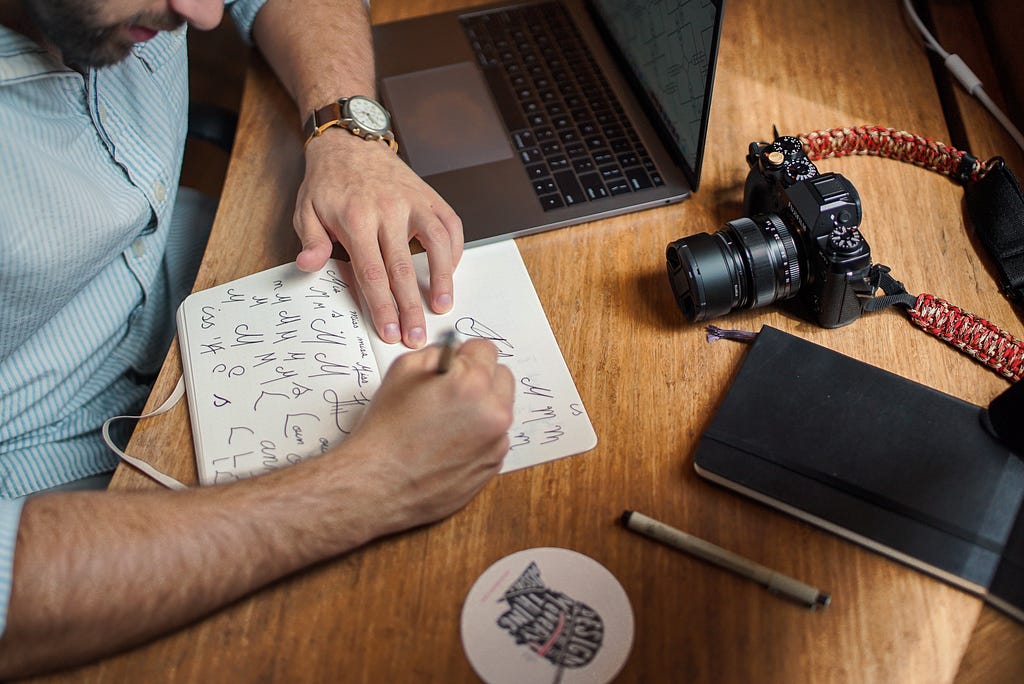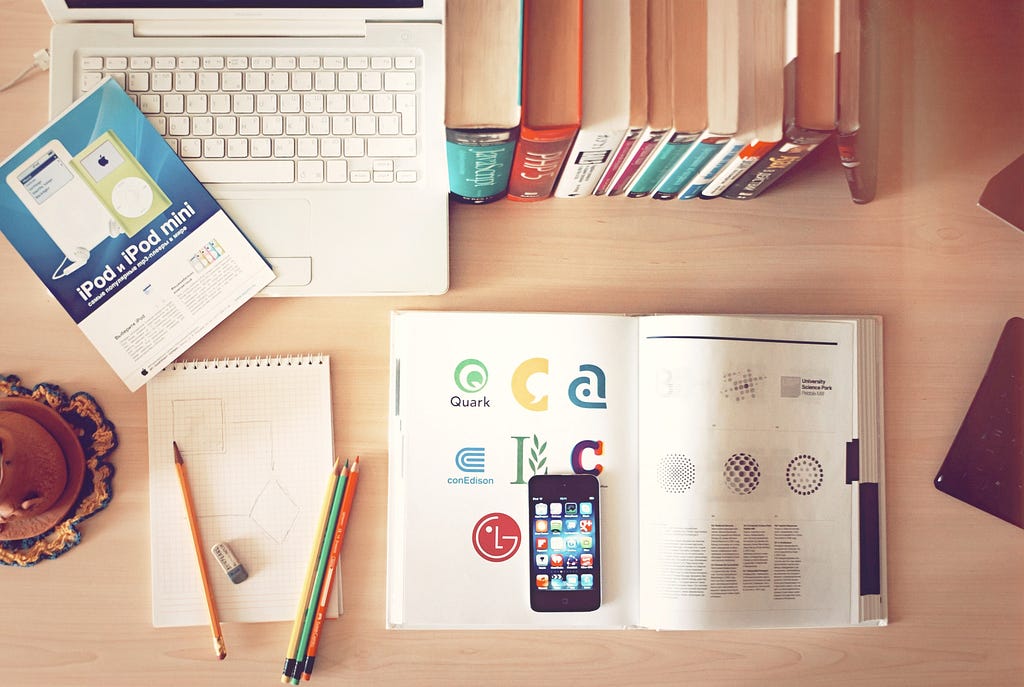Build Design Systems With Penpot Components
Penpot's new component system for building scalable design systems, emphasizing designer-developer collaboration.

UX Planet — Medium | Nishant Panchal 
I recently participated in a Crowdsourced Affinity Mapping exercise to build a survival guide for the Master’s in Human-Computer Interaction (MS-HCI) program at Georgia Tech. While categorizing the post-its for career guidelines, I came across a data point with the following question:
“What do companies look for in candidates while hiring for UX Design roles?”
As soon as I read this, it struck me that I was asking myself the same question in my first-semester while applying for UX Design internships. I tried looking up articles, reading discussions on UX groups, and speaking to design professionals; yet so my efforts were to no avail. As a masters student, I had little to no time to think about this question and dig deeper to get answers. Thus, I never had a chance to learn what ideal qualities a candidate should have while interviewing with respective companies.
I am in the second year of my masters and have transcend this phase of uncertainty. The opportunity to interview with multiple companies have left me in a better position to answer the question in discussion. I felt that every company I talked to had different expectations and different evaluation criteria for their candidates. There are a lot of factors that matter during interviews- the team that you are interviewing with, the potential project you will be working on, the skillset you possess, the cultural fit and the interviewer’s job role, experience, training, etc. These factors determine your evaluation criteria during these interviews. In this article I will share what I have learned through my interviews with: Google, Apple and Salesforce.
The information shared in this article is strictly based on my interview experience and my point of view. The interview process and experience might be different for different candidates.
Google has been ranked the Best Company to Work For for the sixth consecutive year by Fortune. The company has grown many times over the past year. Further, they have a history of hiring UX/Interaction Design interns for a vast variety of projects ranging from Daydream (VR platform) to Project Sunroof (analyze solar saving potential). During my interview, it appeared that Google valued the following characteristics —
#1 Curiosity To Learn

User Experience Design is a young and dynamic field that is constantly redefining itself. Design teams from well-known companies and individuals are constantly contributing to the design community, experimenting with and standardizing new design patterns. I feel young designers have to and should make every effort to stay abreast with the recent growth in the design industry. From my experience so far, knowledge learned from school is research-oriented and restricted to the courses. Dedicating weekly exploration times to know what the design world has for you has proven really helpful for me.
I personally find the following resources very helpful:
UX Design is a field where you will find people from very different backgrounds. Let’s take my MS-HCI cohort for example — we have students from Computer Science, Data Science, Psychology, Marketing, Industrial Design, Literature Media, Animation, Graphic Design, and more. Being a team player and learning to listen then becomes a key differentiator between a successful UX designer and an ordinary one. Being HCI students, we have an opportunity to work with talented students from different domains, and this opportunity should not be missed. The more you work with people from different backgrounds, the more you are exposed to different perspectives, and that path leads to only one result- A Better UX Designer.
How do I achieve this?
#2 Digest Design Criticism

Google is a huge organization with more than 72k employees. Based on the information shared by my acquaintances working at Google, they have a very open feedback culture where anyone is free to share their perspective on what other teams are working on. The interviewers are interested in knowing how you react to critiques or feedback shared with you on your designs. This is a critical heuristic to make sure you are a right culture fit for Google.
Google stresses a lot on effective teamwork. With project Google Aristotle, they spent two years performing extensive research to understand what a perfect team looks like. The top key to build a perfect team was Psychological Safety– team members should be comfortable taking risks and speaking their mind. This also means you should be open to criticism and consider it as a constant part of your design process. I love the following tweet by Adam Connor:
Critique is at the core of collaboration… Critique is not a design skill. Critique is a life skill. — Adam Connor, Designer at MadPow
An increasing number of design teams across industry are incorporating critique sessions as a part of their design process. It is invaluable to be able to critique others’ designs, as well as digest and embrace the critiques of your own. It is an important skill to practice.
Apple is very selective in their hiring process for design interns. You will hardly find any UX Design intern openings on their job portal; that does not mean they do not hire them. From my experience, the best way to get into their hiring system is to attend Apple campus events and share your resume with them in person. They have a streamlined process of recruiting through these events. The following are the two heuristics that Apple admired the most during my interview:
#1 Critical Thinking

One of the most important aspects of my interview was to reason everything, right from why I got into design to the % of opacity for a button. In my Research Methods class, I learned and strong believe that:
A good design is based on great insights
UX Design is an insight-driven design process. Each decision about the method used, information architecture, page layout, application flow, content strategy, colors, typography, etc. should be based on insights or data you get out of your research. This will not only help you build an amazing solution for your project targeting the right problem, but will also give you the confidence to back your decisions that will genuinely emerge during these interviews. The interviewers at Apple are seasoned veterans in design and they will know if you are trying to bluff or make up reasons to support your designs. (This also applies to all the companies I interviewed with) . I would suggest reading the following article to understand more about Research insights.
How do I prepare for this?
#2 Design Explorations

At Apple, you have a lot of responsibility as a designer since you have total control of the project you are working on. You do have weekly check-ins with other designers, however, you still have to make a lot of design decisions by yourself. Thus, it is important for the interviewer to know how much you think about the problem, your designs and design explorations you go through before you decide to narrow down on one. While explaining your project, make sure to mention the explorations you did as well. This will inform the interviewer that you think thoroughly through solutions than committing to one. Again, documentation during the process will help you a lot.
Salesforce made it to the 4th place in Fortune’s 2017 Best Place to Work For Millennials and 8th overall. I interned there this summer at Salesforce in the Customer Experience Tools team as a UX Designer and had an awesome learning experience. Let’s read what they wanted from me during the interviews:
#1 Self-Starter With Breadth of Design Knowledge

Salesforce UX has played a huge role in improving the user experience of the B2B products that Salesforce develops. It is amazing to see a company in the Enterprise space having such an established Design Team. I am a huge fan of the Lightning Design System that brings usability, aesthetics and accessibility into Enterprise products. Salesforce UX still has certain aspects of the products where designers have not gotten the chance to get their hands dirty. They are constantly trying to expand to all spaces of their products and this is the reason they look for designers that are comfortable taking initiatives towards different projects. Designers who have a breadth of skills like designing for web systems, mobile apps, data visualizations and more, are a natural fit for the company. Having more exposure to different domains of design makes you an agile designer with good learning opportunities. I had this opportunity this summer at Salesforce, and I am thoroughly impressed by the company culture and truly feel a part of their Ohana (each employee at Salesforce is one family being intertwined and bound with one another). I approached many designers over summer to seek advice and to validate my process. It was amazing to see how open they were to meet and mentor me. 👍🏼 to Salesforce UX.
Though I have shared evaluation criteria from my interview experience with Google, Apple and Salesforce; the same criteria can be generalized to many other companies looking for UX design interns. Again, UX is an ever changing field and these heuristics might change over time. The key is to adapt and have concrete basics.
Thank you for reading and I wish you all the best for your interviews!
LinkedIn / Dribbble / Portfolio
What it takes to succeed at UX Design Interviews? was originally published in UX Planet on Medium, where people are continuing the conversation by highlighting and responding to this story.
AI-driven updates, curated by humans and hand-edited for the Prototypr community